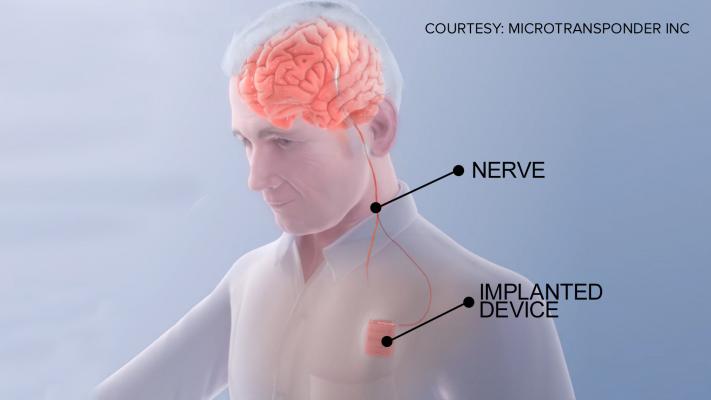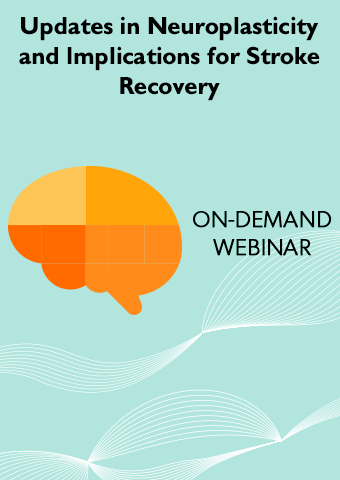Stroke Recovery Fundamentals Explained
Table of ContentsNot known Facts About Stroke RecoveryThe smart Trick of Stroke Recovery That Nobody is Discussing



Throughout this time, most clients will get in and finish an inpatient rehabilitation program, or make progress in their outpatient treatment sessions. The objective of rehabilitation is to bring back function as close as possible to prestroke levels or establish payment techniques to work around a functional problems. An example of a payment strategy is learning to hold a tooth paste tube so the strong hand can loosen the cap.
Some patients will experience problems in the months after a stroke, like pneumonia, a cardiac arrest or a 2nd stroke (stroke recovery). These difficulties can have considerable impacts physically, psychologically and mentally, and rehabilitation might require to be put on hold. It is necessary to deal with your care team to adjust rehabilitation goals when there are problems.
One ingenious technique is noninvasive brain stimulation (NIBS), which uses weak electrical currents to stimulate areas of the brain related to specific tasks like motion or speech. This stimulation can assist boost the impacts of treatment. After 6 months, improvements are possible but will be much slower. The majority of stroke patients reach a reasonably stable state at this moment.
Others will have ongoing problems, likewise called persistent stroke illness. Whether a complete recovery is possible depends upon a range of aspects, consisting of severity of the stroke, how fast the initial treatment was supplied, and the type and intensity of rehab. Although healing does decrease, it is still essential to continue following up with members of your care team, consisting of: Your medical care physician, who can assist you manage any health issues aside from stroke healing, in addition to take actions to prevent future strokes A rehabilitation doctor (physiatrist), who can assist collaborate aspects of your healing and keep meeting with you as long as you need the support, whether it's for a few years or the rest of your life Physical, occupational and speech therapists, who can assist you recover as much function as possible in day-to-day activities, with a concentrate on your personal goals A neurologist, who comprehends the systems behind stroke-related brain injury and can recommend tailored treatments to target the afflicted location of the brain A rehab psychologist, who can aid with cognitive, emotional and behavioral operating along with reintegrating with the neighborhood, which can help in healing "During checkups, I want to support patients any way I can," states Pruski, a physiatrist.
The Ultimate Guide To Stroke Recovery
While why not try here enhancement may take longer for some clients, there's still wish for small advances. "I think it is very important to paint a picture of hope in stroke," Pruski states. "Whenever you require less assistance with a task, that is a milestone for the client.". supplied by therapists experienced in neurorehabilitation utilizing cutting edge equipment. Patients who complete this treatment may be recommended for inclusion in stroke research study studies or our Stroke Team Assessment and Recovery Treatment (START) Program. is for stroke survivors who have actually completed standard treatment and desire a consultation from an interdisciplinary team of medical, treatment and research experts to identify if a fuller healing might be possible.
This service is available for patients who have actually already completed standard treatments, from those a few months to a number of years post-stroke. checking the current stroke recovery methods and tools. The care offered as part of these research study studies are at no charge to the patient. programs, consisting of aquatics. Clients being discharged from an acute care healthcare facility and ready to start their recovery from stroke.
Patients who have finished their basic restorative treatments, even those who are years post-stroke, and are looking for a fuller recovery. stroke recovery. These clients might take advantage of the to help gain back abilities. Interdisciplinary group of neurologists, physical medicine and rehabilitation doctors, physical, occupational and speech therapists, neuropsychologists and scientists concentrated on neurorehabilitation.
Augmentative communication can also be provided when required. Cutting edge equipment such as the BalanceMaster, Gait Rite, Bioness, Saeboflex and motorist simulator, in addition to the location's only warm water treatment swimming pool with a portable floor for easy patient gain my website access to. Association with the University of Cincinnati Medical Center, Cincinnati's University of Cincinnati Medical Center and the UC Gardner Neuroscience Institute, Bonuses extending the experience and expertise of their worldwide known Stroke Team to the next step in stroke treatment-helping patients gain back skills and rebuild their lives after stroke.
You don't need to recuperate from stroke alone. Joining a support system will help you connect with others facing comparable difficulties. In addition to psychological support, these groups share crucial suggestions, such as recommendations for nutrition and wellbeing practices, financial assistance resources and rehabilitation activities. Clients, families and caregivers are welcome to any of Cedars-Sinai's support groups:: Satisfies second Tuesday of monthly, 2-3:30 p.